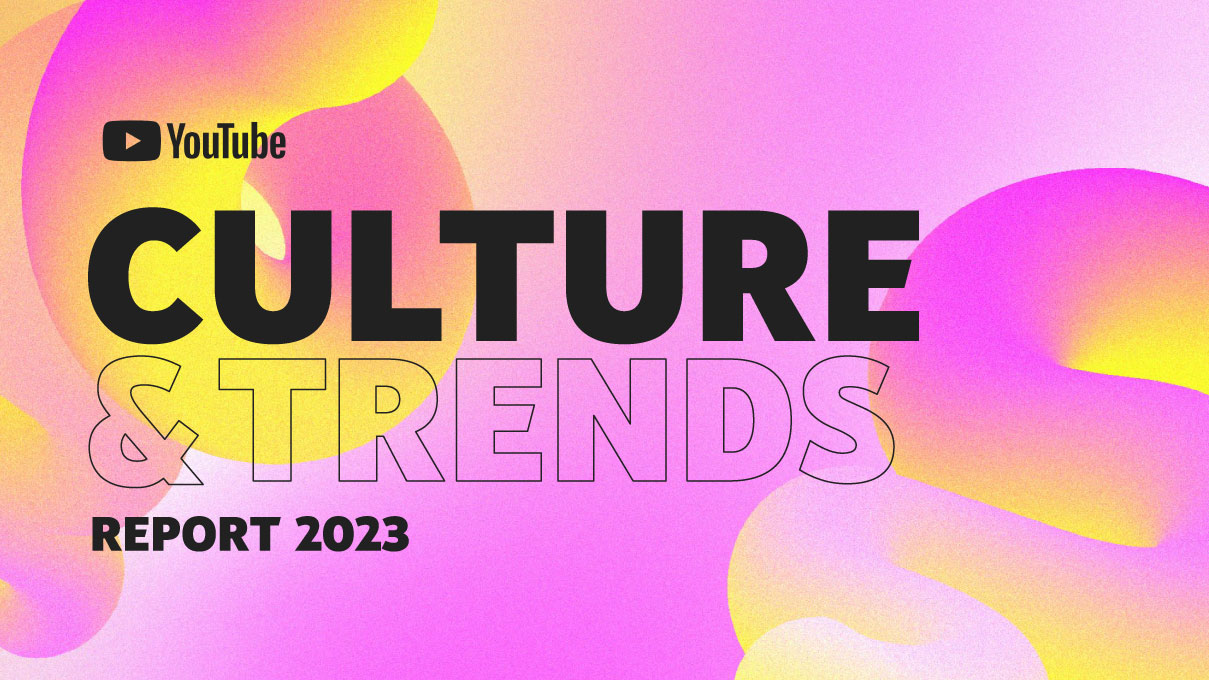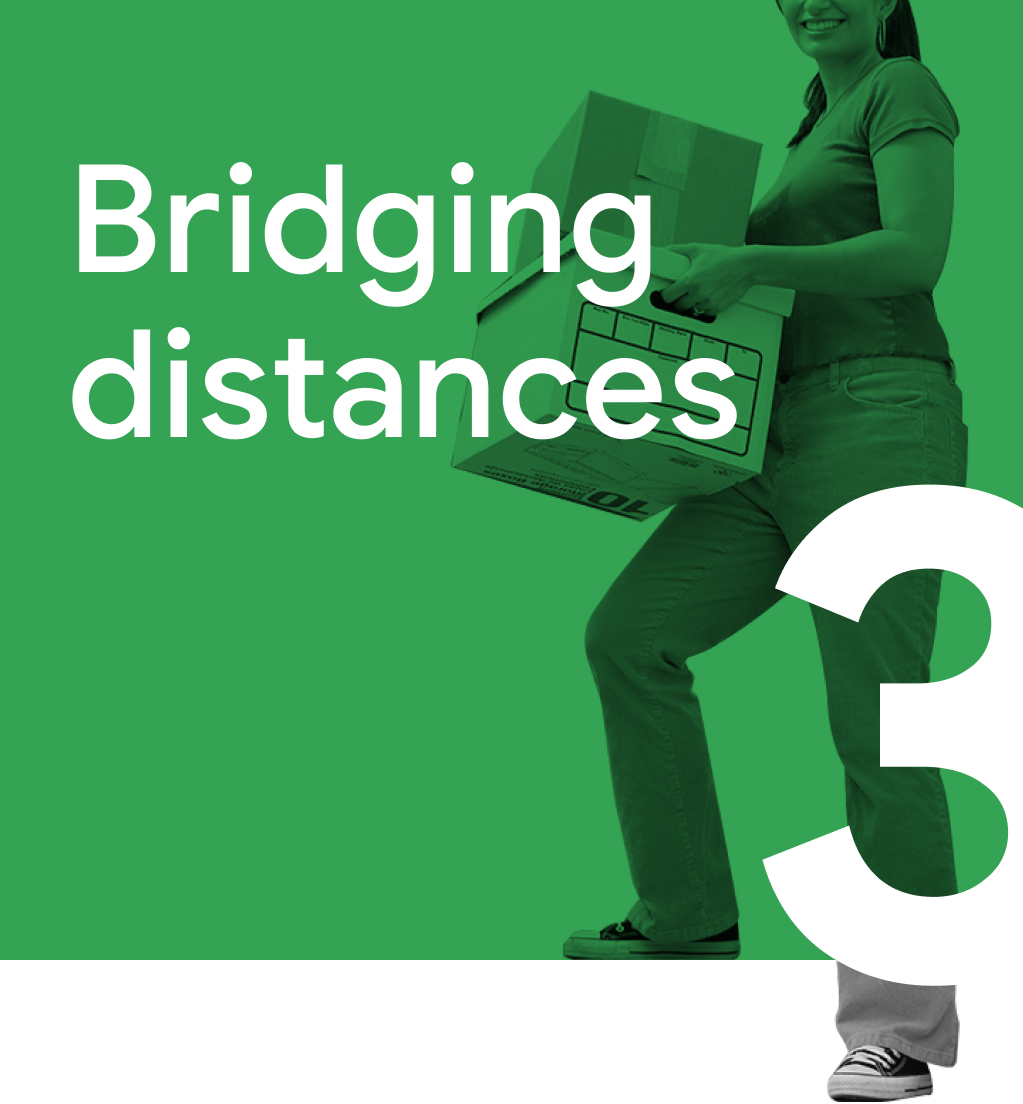
In 2020, the pandemic kept countless people physically apart, and consumers quickly found ways to adapt. But in 2021, we saw the sense of separation deepen. As a result, consumers moved beyond finding brief moments of connection to finding new ways to express themselves and cultivate deeper, ongoing relationships, both online and offline.

As new COVID-19 variants emerge, it’s clear that the pandemic isn’t quite over yet. COVID-19 is still a top concern for people and consumers in APAC remain wary of being in close physical contact with others. In fact, people in India, Japan, South Korea, and Vietnam feel more cautious about resuming normal activities compared with the global average.17
But fears of resuming in-person activities haven’t overridden basic human needs for personal connection and belonging. Regardless of physical distance, rising searches show us how people will continue to find new ways to connect, and how they are increasingly open to using digital to do so.

One example is how people have started to adapt the way they express their affection. In lieu of physical touch or time spent together, people are searching for gifts they can send their loved ones, and inspiration for the right words to wish them a happy birthday or anniversary. An October 2021 survey found that one in two APAC consumers are still choosing to meet their loved ones virtually instead of in person,18 and searches for online group activities like escape rooms, food festivals, and concerts are seeing consistent growth.
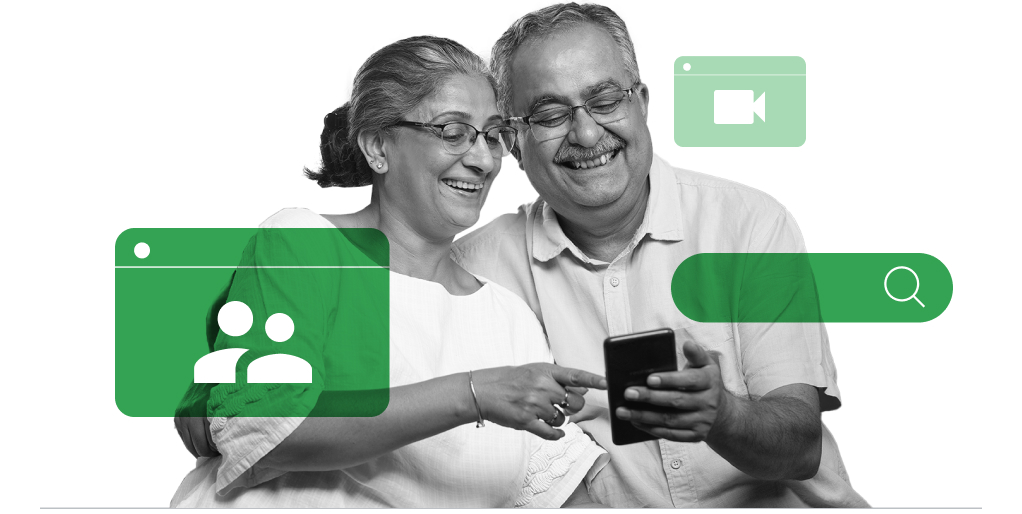
As the world grows more dependent on digital technology to form meaningful human connections, brands need to move on from thinking of digital platforms as purely functional channels or just an online front end. Instead, consider how you can get longer-term value out of connecting meaningfully with your customers online.
In marketing, we often say the medium is the message. But that doesn’t mean that a channel should do all the hard work for you. How are you ensuring you’re reaching the human behind every channel strategy? More importantly, what can you do as a brand to help facilitate better, deeper, more meaningful relationships for your consumers?


Online expressions of affection
Love languages are keeping up with the changing times, with people searching for ways to show affection without in-person interactions. A recent survey showed that 63% of Indian respondents look online for inspiration on how to celebrate differently amid the pandemic, and some have even found new brands to help them do so.19
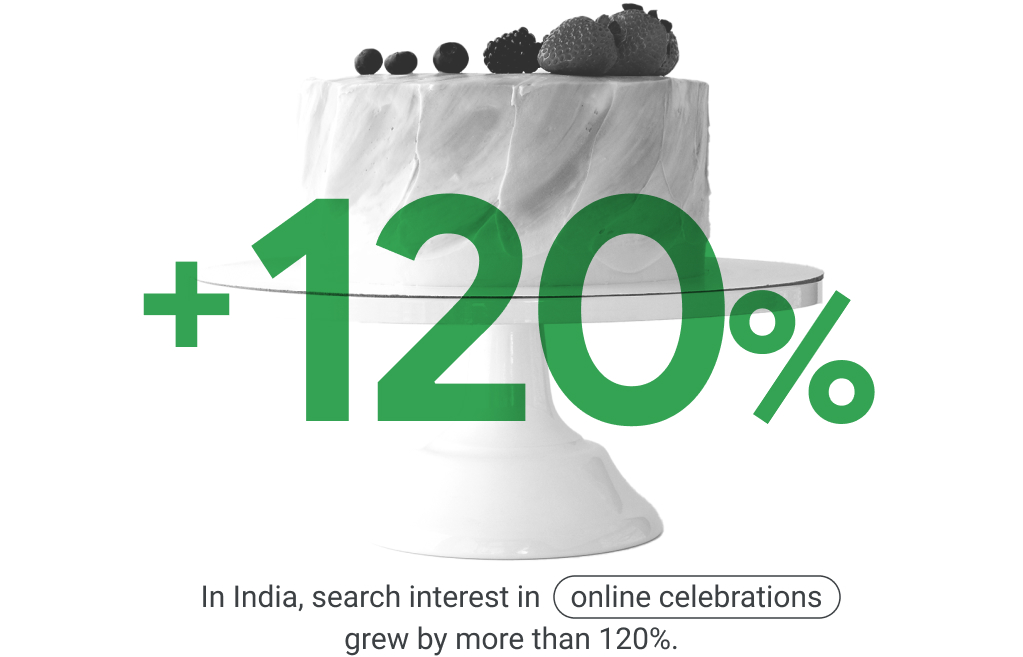
Digital for personal connection
Technology is enabling people to connect in innovative ways, sparking interest in virtual versions of activities such as group meals, escape rooms, and concerts. Even festive celebrations are going digital, with close to one in two Indians surveyed saying that they dont expect to host events at home for the upcoming holiday season, despite doing so in the past.20
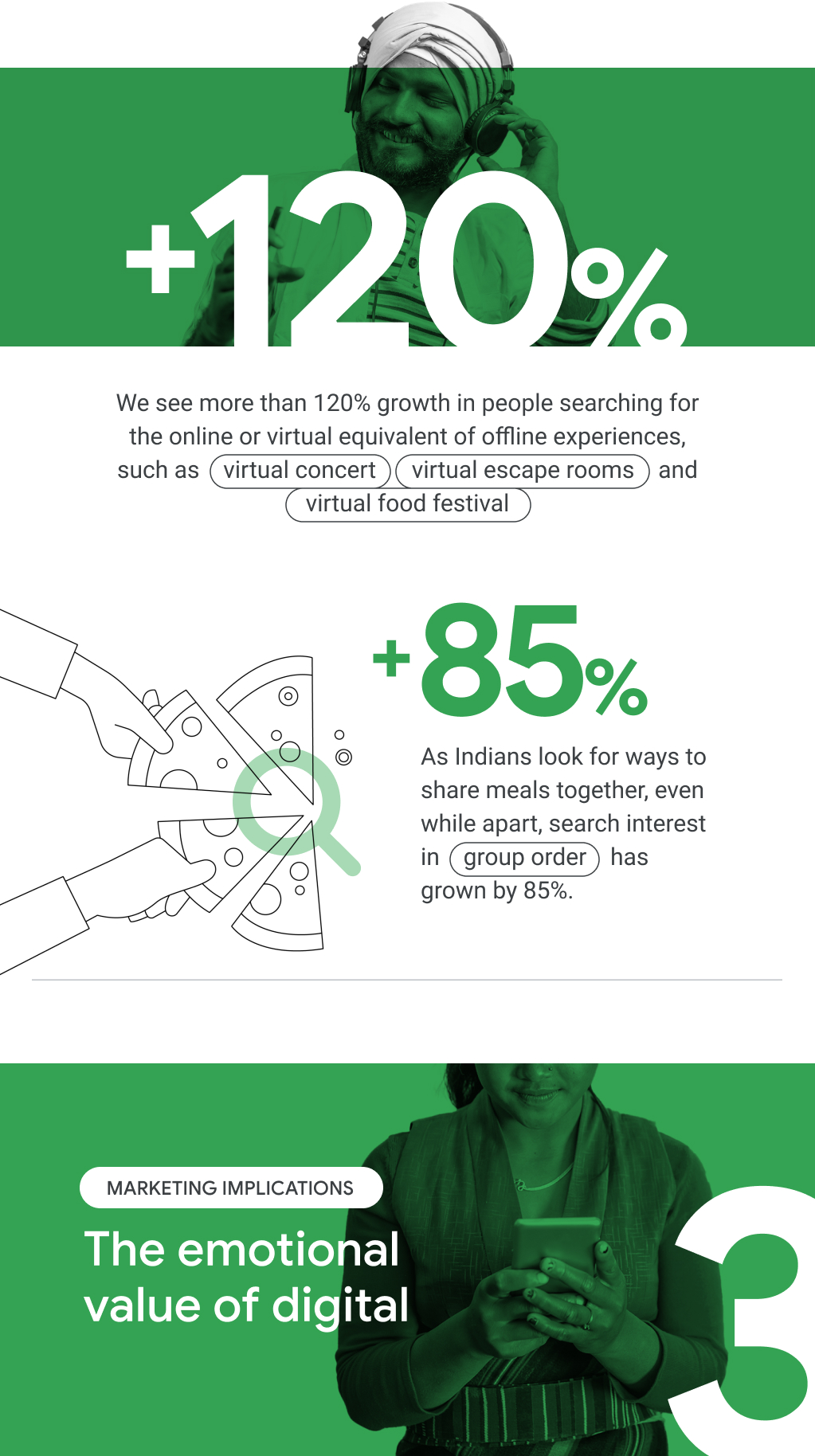
Faced with physical distancing caused by the pandemic, people have adapted how they express themselves and increased their reliance on digital for building personal connections. As a result, brands that use digital merely as a functional channel are missing out on an opportunity to build and nurture deeper relationships with their customers, where both sides stand to gain and grow through emotional connection.

“Emotionally connected customers buy more of your products and services, visit you more often, exhibit less price sensitivity, pay more attention to your communications, follow your advice, and recommend you more — everything you hope their experience with you will cause them to do.”

Research shows how the consumer’s path to purchase is driven by emotions. At each and every touchpoint, shoppers want to feel empowered and they will reward brands that help them navigate all the information available and provide them with the reassurance they need to make a decision.
Leverage the emotional power of digital to provide timely, accurate, and relevant information across your organic and paid communication channels.
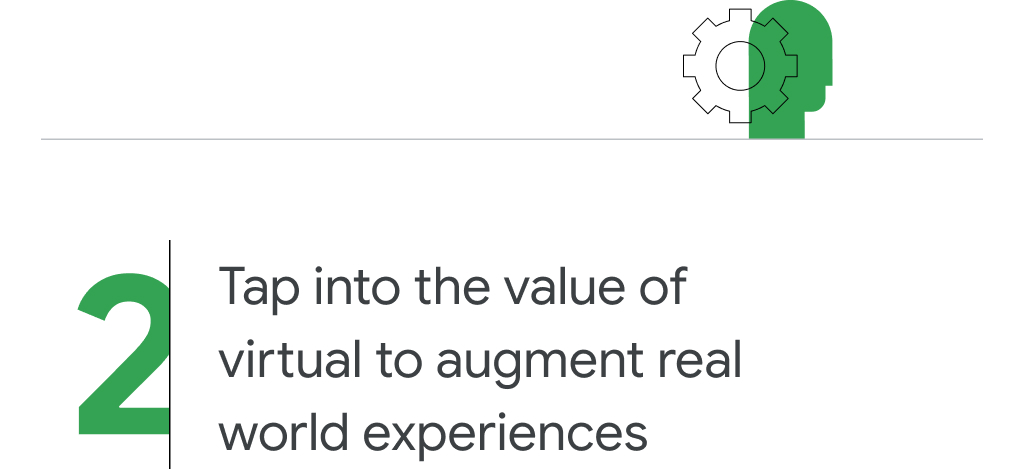
Not everyone prefers in-person experiences, especially during a pandemic. Consider the value of virtual channels to complement or enhance physical experiences, allowing the freedom of choice between online or offline events.

In November 2021, Bacardi India transformed its annual NH7 Weekender music festival into a digital event, using innovation and technology to create an experience that was just as enjoyable as its physical events in the past.

The Korean Tourism Organization (KTO), having recognized Indian consumers’ rising interest in Korean culture, released a series of virtual experiences, including VR tours of its tourist sites. The KXperience ran from Sept. to Nov. 2021, with the aim of keeping consumers engaged until cross-border travel reopened. KTO also partnered with brands like Indian e-commerce platform KoliKart to run social media challenges, featuring prizes such as travel discounts.
Google Project Starline is a new 3D imaging technology that combines advances in hardware and software to enable friends, families, and coworkers to feel like they’re together even when they're apart.
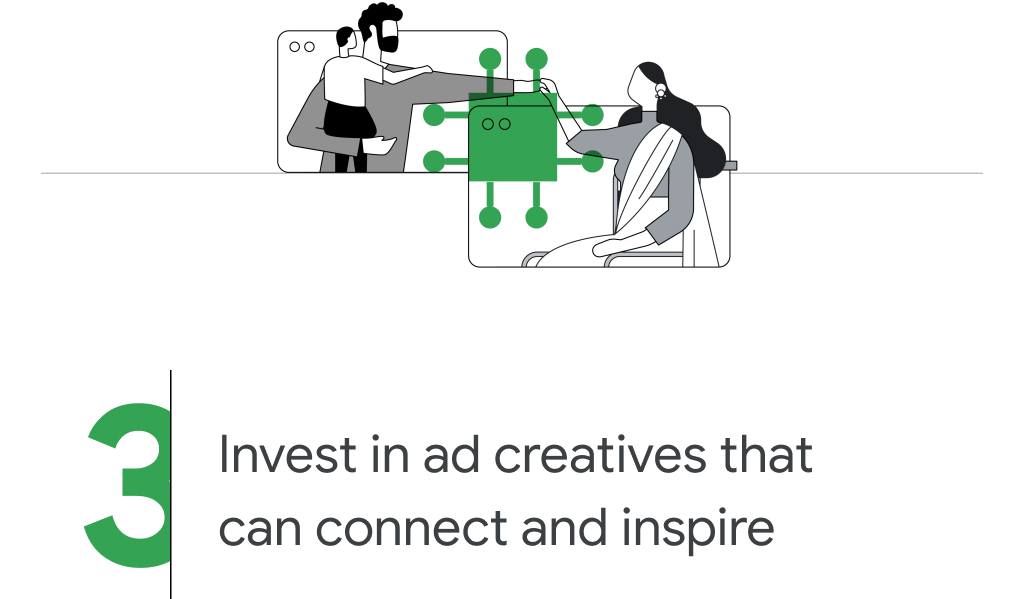
Your advertising efforts can be a key lever to build emotional connection and simultaneously drive campaign performance. In fact, creative is the dominant return on investment (ROI) driver across all media platforms, and especially so on digital.21
To bring your brand and products to life, ensure your ads showcase how your brand can help people in their everyday life in an authentic way.
Explore creative best practices to unlock better performance across Google Ads solutions.




